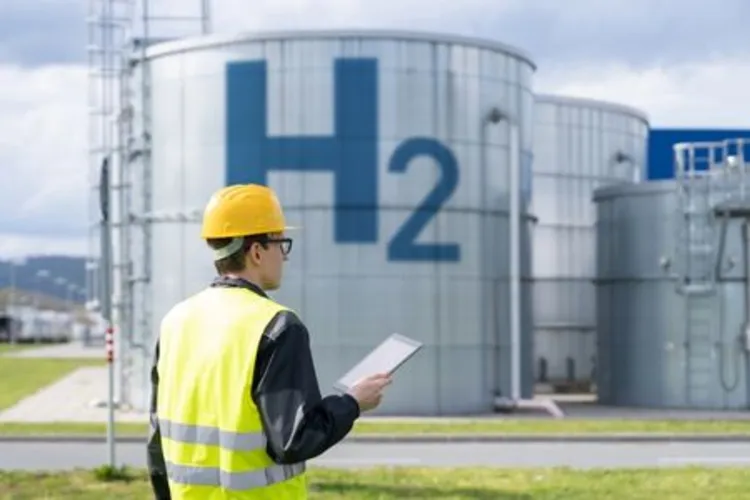Malaysia EV Market Expansion is gaining serious speed. In 2024, electric vehicle (EV) registrations surged by nearly 80%, reaching over 28,000 units. That’s up from less than 1% market penetration in 2023 to 3.3% today. It shows that the market is no longer niche, but a growing major force.
Behind this growth is a wave of new choices for buyers. Malaysia now hosts more than 27 EV marques, with leading players including BYD (holding 31% market share), Tesla (18%), and BMW (7%). Let’s dive deeper into this!
Malaysia EV Market Expansion: Fast Growth Outpacing Global Trends
Malaysia’s EV growth hasn’t just been steady—it’s been explosive. EV sales shot up by 267% in 2021, jumped another 1,115% in 2022, and rose 324% in 2023. These rates have far exceeded global averages, showing that Malaysia is quickly catching up in the EV race.

By 2025, EVs are expected to make up 3% of Malaysia’s total vehicle market, with hybrids capturing another 5%. And with strong momentum, many believe these targets could be exceeded.
The Power of Incentives for Malaysia EV Market Expansion
One of the biggest drivers of this expansion is government support. EV buyers enjoy tax exemptions and up to 85% off on road tax, making EV ownership more appealing.
These policies are working. Experts predict registered EVs could double to around 30,000 units by the end of 2024. And it’s not just incentives pushing this shift—25% of Malaysians now say they’re interested in buying an EV. Their reasons include environmental concerns (53%), rising fuel prices (33%), and modern lifestyle aspirations (27%).
Read Also: Urban Renaissance: Malaysia Urban Renewal Projects Explained
The Infrastructure Catch-Up Game
But there’s a catch. The charging infrastructure hasn’t kept up with the soaring demand.
As of June 2024, there were only 2,585 public EV chargers across Malaysia. Worse, only 610 of those are fast DC chargers—the rest are slower AC chargers that take hours to fully charge a vehicle.
Malaysia has set an ambitious goal: 10,000 public chargers by 2025. That means adding 7,400 units in less than two years. To meet this target, the country will need to quintuple its deployment speed. Even today, only 2,288 out of 3,354 charging bays are fully operational. The shortage is especially painful in rural areas, where EV adoption is limited due to the lack of charging stations.
Read Also: Revolutionary Infrastructure Investments Malaysia: Mega Projects
Barriers to Broader Adoption of Malaysia EV Market Expansion
Despite strong government backing and rising public interest, challenges remain.
High EV prices still turn away budget-conscious buyers.
Charging infrastructure is inadequate, particularly fast chargers.
Public awareness is growing but still not widespread.
For those living in condos or apartments, the lack of easy access to home charging makes EV ownership less practical.
The Road Ahead for Electric Vehicle Adoption
The Malaysia EV Market Expansion has made remarkable progress—but its future hinges on one word: infrastructure. If Malaysia can meet its charging goals, lower EV prices through local assembly or subsidies, and continue educating the public, it could become a regional leader in electric mobility. The building blocks are there: rising consumer interest, strong government policies, and an expanding model lineup. But unless infrastructure catches up, the market may hit a ceiling too soon.







